Starting an eCommerce business is one thing but maintaining it and staying ahead of your competitors is entirely different. So the big question is why is your eCommerce conversion lower and what can you do about it?
In this blog, you will learn about:
1. What is Conversion Rate?
2. Calculate Conversion Rate
3. Reasons for Low eCommerce Conversion
4. Best Tips You Can Apply Right Away
What is a Conversion Rate?
Conversion means when a visitor becomes a customer. Thus,
Conversion Rate = Percentage of Visitors Who Completes A Purchase
In order to improve the conversion rate, you’ll need to get more sales with the same amount of traffic. So what is considered to be a good conversion rate in eCommerce?
An average rate of conversion is 1-2% – Survey by BigCommerce.
So, consider 3-5% range as a benchmark for your eCommerce. It will act as a baseline and thus, you will be better able to optimize your sales. Since sales depend on your industry, target audience, demographics, price point, etc, the conversion rate may vary.
Most Common Reasons For Low Conversion
#1. Conversion Funnel Analysis
Not every visitor who adds a product to the cart completes the purchase. Cart abandonment is a critical problem that relates to funnel issues.
Some of the common issues that impact customer’s journey through the funnel are technical problems, design issues, lack of clear information, or price point.
Design Issues: This usually revolves around how to acquire information from the customer for payment and item delivery. For example, forms. If a form is too long, or requires irrelevant information, or vaguely designed — it will add to friction and may cause potential customers to drop out.
By making your forms clear and easy, asking minimum information, you can optimize your sales.
#2. Cart Abandonment
One of the biggest challenges in eCommerce is cart abandonment. According to Forrester Research, eCommerce loses $18 Billion in yearly sales revenue. However, 60% of that loss can be recovered using timely remarketing efforts.
Some of the reasons for cart abandonment are credibility, trust, cost of items, information availability, shipping, checkout design, etc.
Issues like registration before purchase or unexpected extra cost can be rectified directly in the conversion funnel.
#3. Attention & Engagement
You can’t promise sales on the basis of credibility & trust. Once the visitors trust your website, it is important to keep them engaged. This is where content and other micro-conversion opportunities come into play.
Here are some ways to engage your visitors:
Content Marketing: Using interactive videos, blogs, photos etc can peak and maintain a visitor’s interest.
Social Media Marketing: An eCommerce store without social media presence is bound to fail. Yes, I said it. Sharing your product, team and generating user-based content can definitely boost your sales.
Wishlists & Bookmarks: By helping your customers bookmark the products they like will help you in re-engaging them via custom content & emails. You can also provide discounts to increase the likelihood of buying.
#4. Unclear Audience Demographics
You can’t improve your eCommerce conversion rate if you don’t know who your customers are. If you don’t market the right person, at the right time, you will end up with having low conversions and not enough sales.
There will only be “Sales by Chance” and it won’t sustain your business for long.
This is why you need to find out who your customer is – Age, Country, Gender, Interests, Active Time, etc. This is where Analytics will help you. You can use Google Analytics to see how your visitors behave when they visit your site. You can also use social media analytics to see how they’re interacting with your posts.
Pay attention to what customers write online and interact with them via messaging apps for support. To know more about them, you can collect information using surveys.
Using a combination of these methods will help you create a relevant buyer’s persona and market more effectively.
#5. Page is Distracting
When designing a page, make sure the visitor focuses on the core offer. Remove navigation and other unnecessary elements on the landing page or checkout pages.
To understand this better, see your analytics. Log into Google Analytics > Go to Audience > User Flow. This is where you will see where people are dropping.
#6. Poor Credibility & Trust
Whether a visitor can trust your website or not is one of the important reasons for sales. Since they can’t visit your store, therefore, your website has to convey trust.
Questions like these will pop into a visitor’s mind undoubtedly — does this business actually exist? Will my products get delivered? What if my card information is leaked? What about the refund? Whom will I complain to if something goes wrong?
What you choose to show them – products, offers, your team, behind the scenes etc., will create an impression on your visitors. Representing a credible website will boost your sales.
7 Verified eCommerce Conversion Tips
You now know the reason for your low eCommerce conversion. Here’s what you need to do to see a boost in your sales:
#1. Speedy Website
1 .. 2 .. And Gone!
It takes 2 seconds to lose a potential customer. If your site takes more than 2 seconds to load, 53% of your customers lose interest!
A 1-sec delay can cause a 7% reduction in conversions.
To make sure you aren’t losing customers and money, here are some ways to improve your website speed:
Testing Your Website Speed: You can use Pingdom or Google PageSpeed to have a basic understanding of store speed.
If you don’t know where you stand, you can’t reach where you want to. Don’t know how to get started with speed testing? Here’s an extensive guide to help you through the process: How To Conduct A Website Speed Test?
#2. Hosting Issues
What kind of hosting you choose and which servers you host on plays a critical role in your website performance.
Read: How to Choose A Host
If you’re serious about eCommerce, you need a managed host that will take care of the speed, security & uptime of your store. Every penny would be worth it if your customers will stop abandoning the cart because of lousy speed.
#3. Using SEO + CRO
When used together both keyword optimization and conversion rate optimization will drastically increase the traffic and conversions.
SEO: Optimizing the content for search engines in order to rank higher in the Search Result Pages or SERPs.
CRO: Optimizing content for customers with the main objective of completing the call-to-action (CTA).
However, using both together can be a bit challenging. For example, a site may rank well but could have poor readability. To master this, you will need to follow 3 things that impact Google’s Algorithm for ranking:
- Keywords/On-Page SEO
- Content Quality
- User + Usage Data
You can use keyword research tools like:
- KWFinder
- Google Keyword Planner
- Keyword Tool
- Keyword Explorer
- SEMRush
Top CRO Tools for better conversion are:
- Google Analytics
- VWO
- Crazy Egg
- Hotjar
Assess each tool according to your need and goal and you’ll have better conversions.
#4. Responsive Website
A responsive website means your site will automatically respond/adapt to fit the device a customer is using.
- An unresponsive website: It will distract the visitor and he will have to scroll, resize, or pan to view.
- A good website: It will load quickly and visitors will be able to perform actions with minimum efforts on your website using their mobile.
Incorporate a strategy for “mobile-first” site design if you haven’t already. Since Google is now doing mobile-first indexing, your site should be mobile-friendly or it will lose the rankings.
Difference between a mobile-optimized website and an unresponsive site:
#5. Shopping Through Social Media Platforms
Social media is easy to use and accessible to everyone. Your brand must be doing marketing efforts to reach out to the audience there, right?
So why not make it easier for them to shop?
Almost every single eCommerce store is an advertising and creating content for their Instagram, Facebook, and Snapchat. It’s nothing new and exciting. However, what you need to do is offer products on your pages customers can directly buy from.
Any industry that relies on visual presentation – jewelry, clothing, culinary items, phone accessories, anything – You should incorporate this tip in your main strategy.
Struggling with a slow website? Talk to our experts & achieve a loading time under 2-sec!

Sakshi takes care of everything related to Marketing at Webscoot.io. She has knowledge about Magento, WordPress, and Dogs.

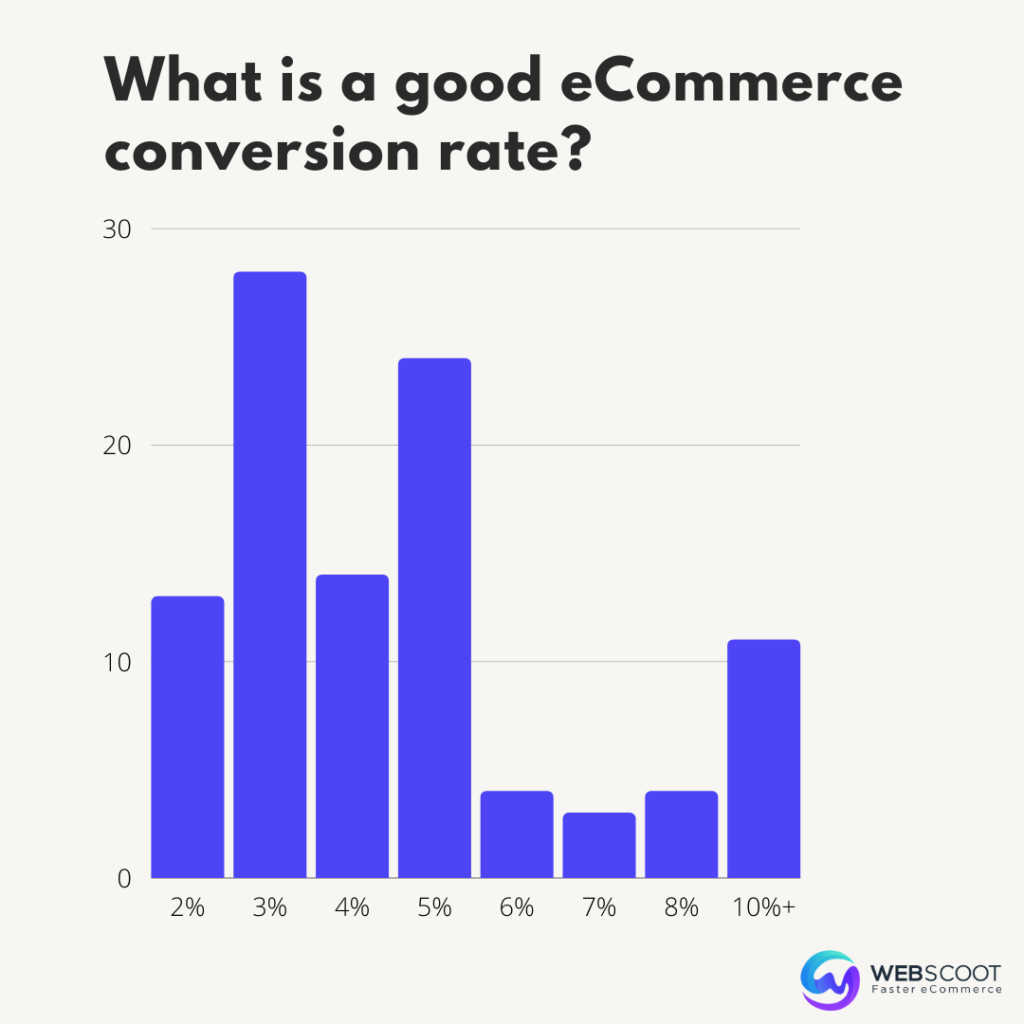
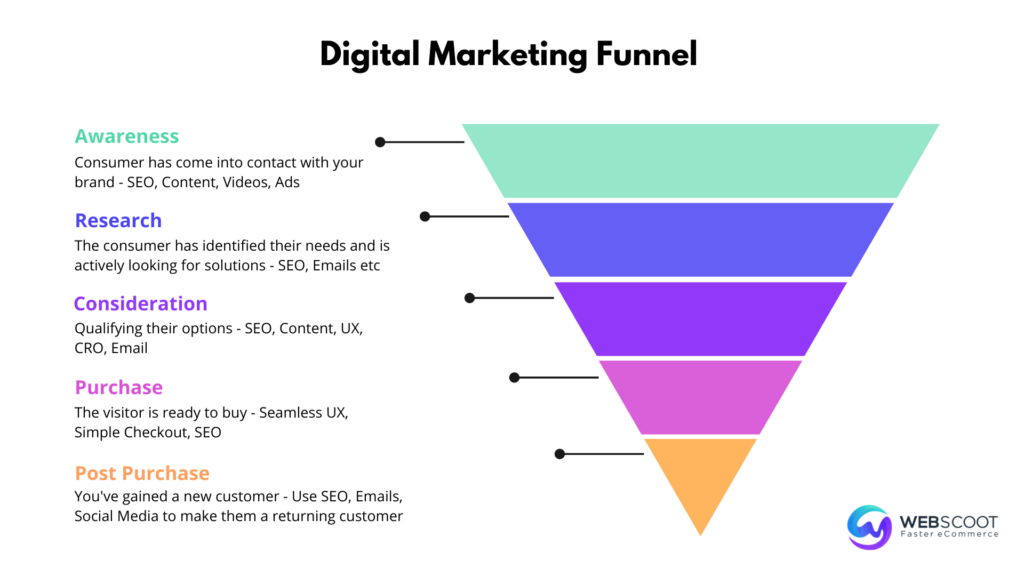
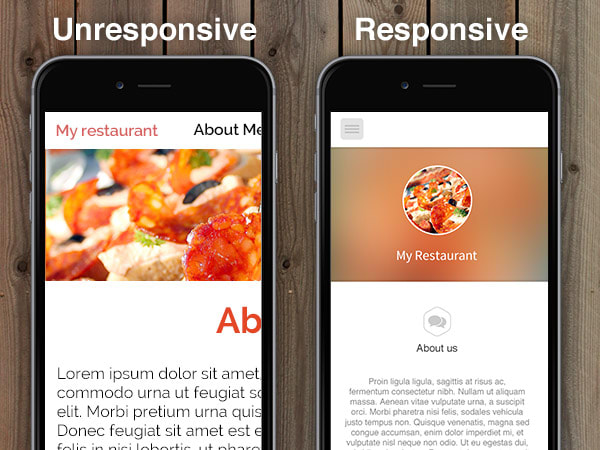
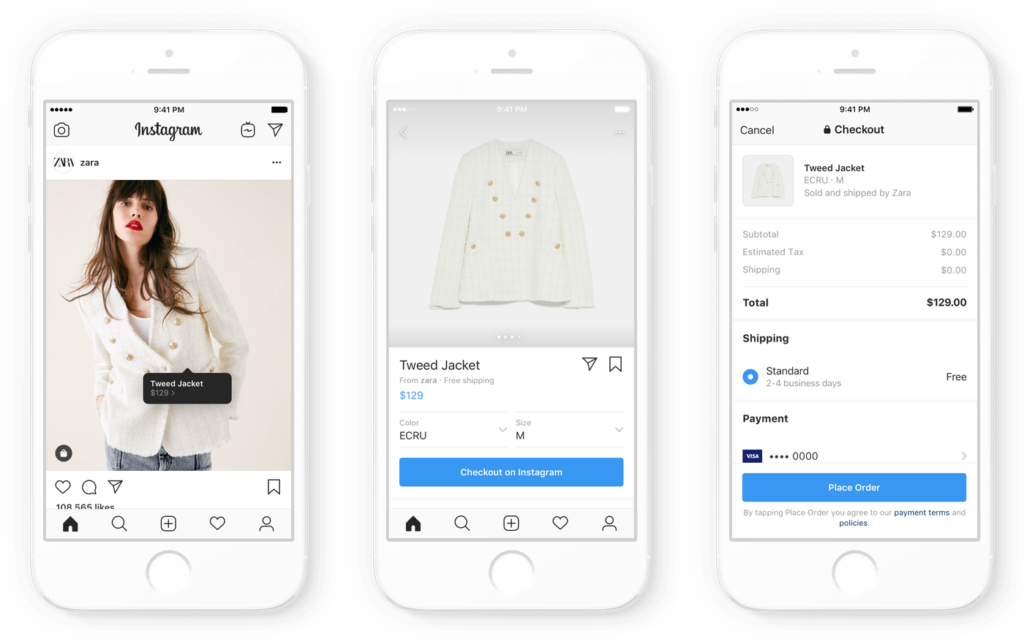
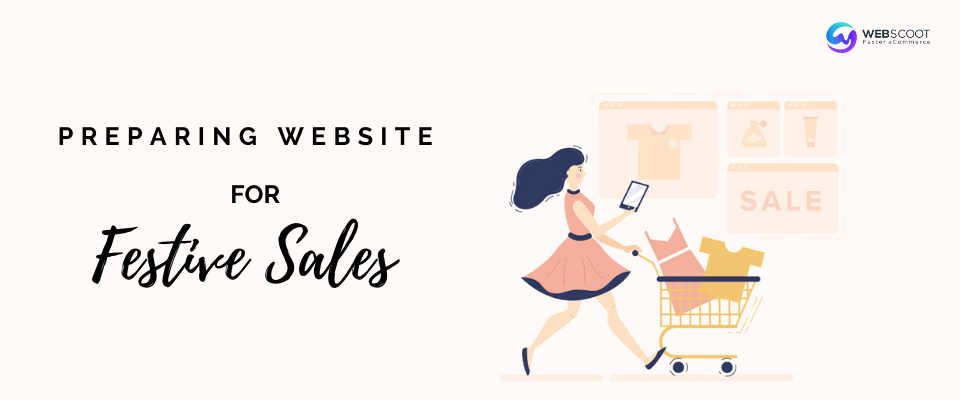
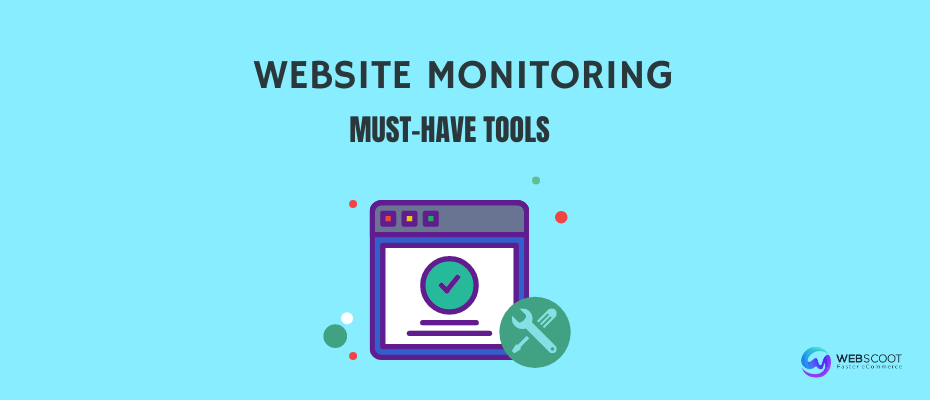
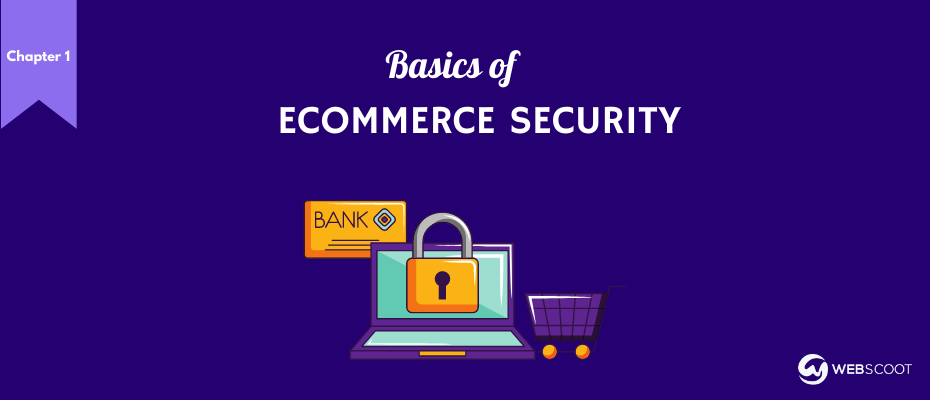
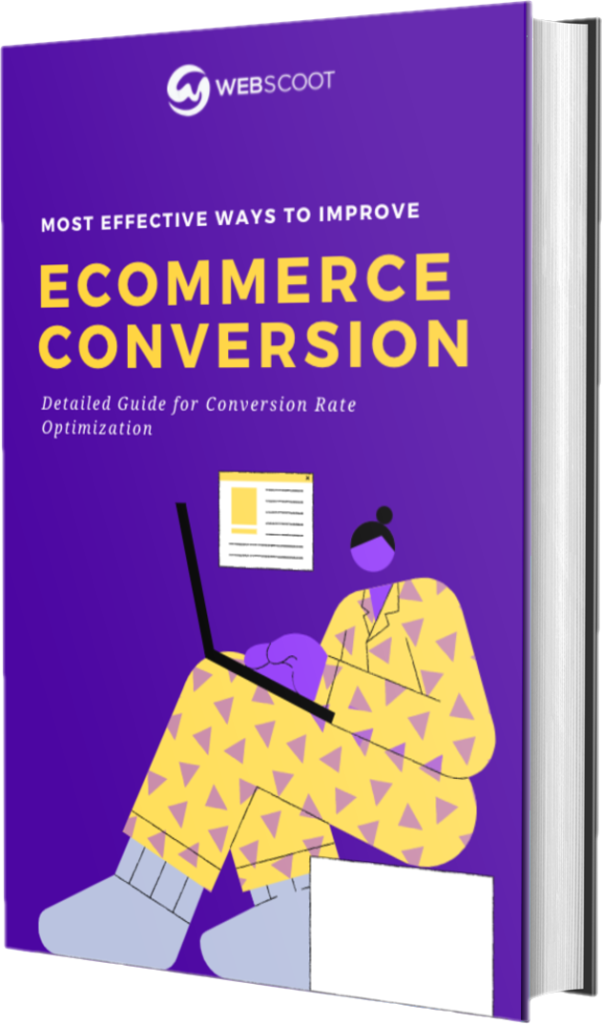
0 Comments